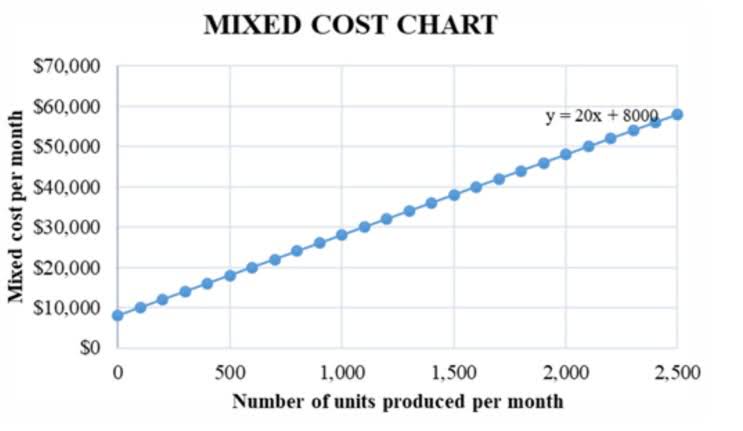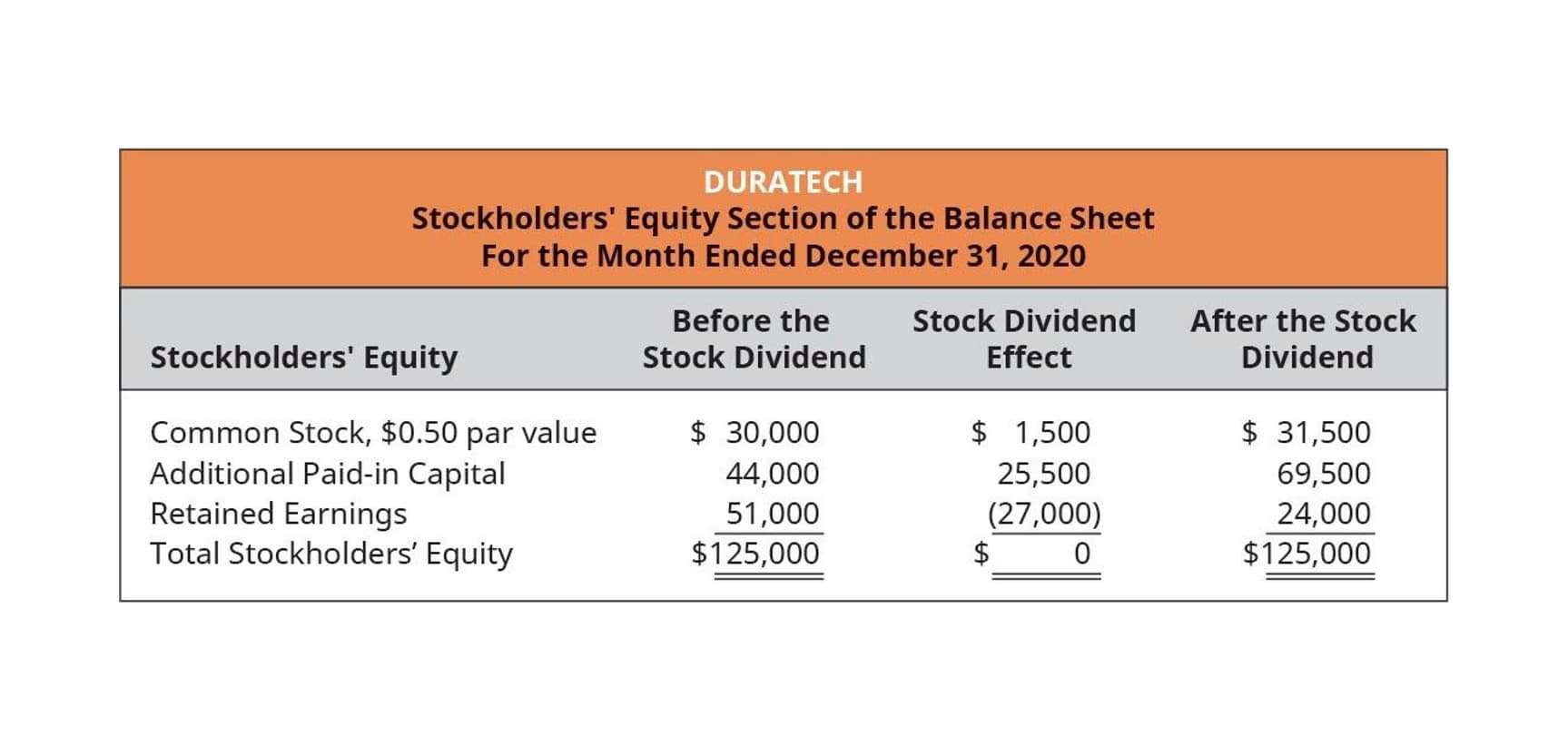FIFO Method Accounting
February 15, 2022 7:47 am
This increases expenses on the income statement and reduces the inventory balance on the balance sheet. Theoretically, the cost of inventory sold could be determined in two ways. One is the standard way in which purchases during the period are adjusted for movements in inventory. The second way could be to adjust purchases and sales of inventory in the inventory ledger itself. The problem with this method is the need to measure value of sales every time a sale takes place (e.g. using FIFO, LIFO or AVCO methods).
- While the LIFO inventory valuation method is accepted in the United States, it is considered controversial and prohibited by the International Financial Reporting Standards (IFRS).
- No, you don’t need to use FIFO in managing the physical flow of goods.
- Accounting standards are only concerned with cost flow assumptions as they affect inventory valuation in the financial statements.
- Consult an accounting professional to ensure the transition is handled properly.
- Kristin is also the creator of Accounting In Focus, a website for students taking accounting courses.
What Is the FIFO Inventory Method? First-In, First-Out Explained

If accountants use a COGS calculation from months or years back, but the acquisition cost of that inventory has tripled in the time since, profits will take a hit. The FIFO (First In, First Out) method is an important inventory accounting technique for achieving accurate financial reporting. By matching the oldest costs of goods sold against revenues, FIFO presents a fair and consistent picture of ending inventory balances and cost of goods sold on financial statements. By providing lower COGS and higher ending inventory valuations, FIFO can increase apparent profitability, especially in times of rising prices.

Use The Right Accounting Software
The higher inventory value also lowers the cost of goods sold as a percentage of sales, increasing the gross profit margin. In summary, the FIFO formula provides a straightforward way to calculate inventory costs and assign them to cost of goods sold and ending inventory balances. It matches sales against oldest costs first, providing financial reporting that aligns with physical inventory flow assumptions. The FIFO method better matches current revenues with the actual oldest costs, resulting in a more accurate and meaningful financial statement presentation than alternative inventory methods like LIFO. Under FIFO, the cost flow assumption is that oldest inventory items are sold first. As each sale occurs, the cost of goods sold is calculated by removing the oldest item’s costs from the inventory asset account.
How to Calculate (And Interpret) The Current Ratio

The Bookkeeping for Painters oldest bars in her inventory were from batch 1 so she will count 100 at the unit cost of batch 1, $2.00. To calculate her COGS for the trade show, Bertie will count 100 bars at $2.00 and 200 at $1.50. As you may have noticed above, with the FIFO method, the ending inventory value will mainly depend on the price change of the units bought over time. Grouping inventory involves categorizing items by attributes such as product type, size, or batch.
Does the physical flow of goods need to follow the cost flow?
Under FIFO, the brand assumes the 100 mugs sold come from the original batch. Because the brand is using the COGS of $5, rather than $8, they are able to represent higher profits on their balance sheet. The opposite to FIFO, is LIFO which is when you assume you sell the most recent inventory first. This is favored by businesses with increasing inventory costs as a way of keeping their Cost of Goods Sold high and their taxable income low. Choosing—and sticking to—an inventory valuation method to measure these amounts is essential in keeping tax-ready books. We reconcile, review, and repeat until your finances are CPA ready so you don’t have to.
- But the change can alter inventory value and net income, requiring adjusted calculations.
- However, with perpetual inventory systems we must be concerned with calculating cost of goods sold at the time of each sale.
- Market capitalization doesn’t account for debt a company owes that any acquiring company would have to pay off.
- But it requires tracking every cost that goes into each individual piece of inventory.

These methods provide a comprehensive approach to assessing a stock’s value and are integral to successful investing. Even though companies can choose among these cost valuation techniques—such as LIFO vs FIFO—purchased inventory value QuickBooks often changes due to market factors. You must know the Lower of Cost or Net Realizable Value (LCNRV) rule.

FIFO means “First In, First Out.” It’s an asset management and valuation method in which older inventory is moved out before new inventory comes in. FIFO is straightforward and intuitive, making it popular as an accounting method and useful for investors and business owners trying to assess a company’s profits. It’s also an accurate system for ensuring that inventory value reflects the market value of products. Second, every time fifo method formula a sale occurs, we need to assign the cost of units sold in the middle column. First, we add the number of inventory units purchased in the left column along with its unit cost. Therefore, income-based valuations are most reliable for businesses with stable, predictable cash flows.
Categorised in: Bookkeeping
This post was written by Editor Test
Comments are closed here.